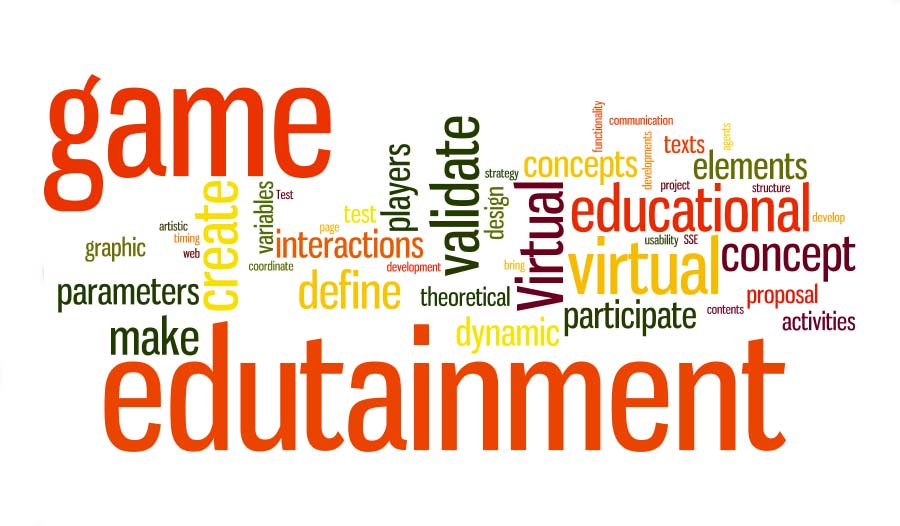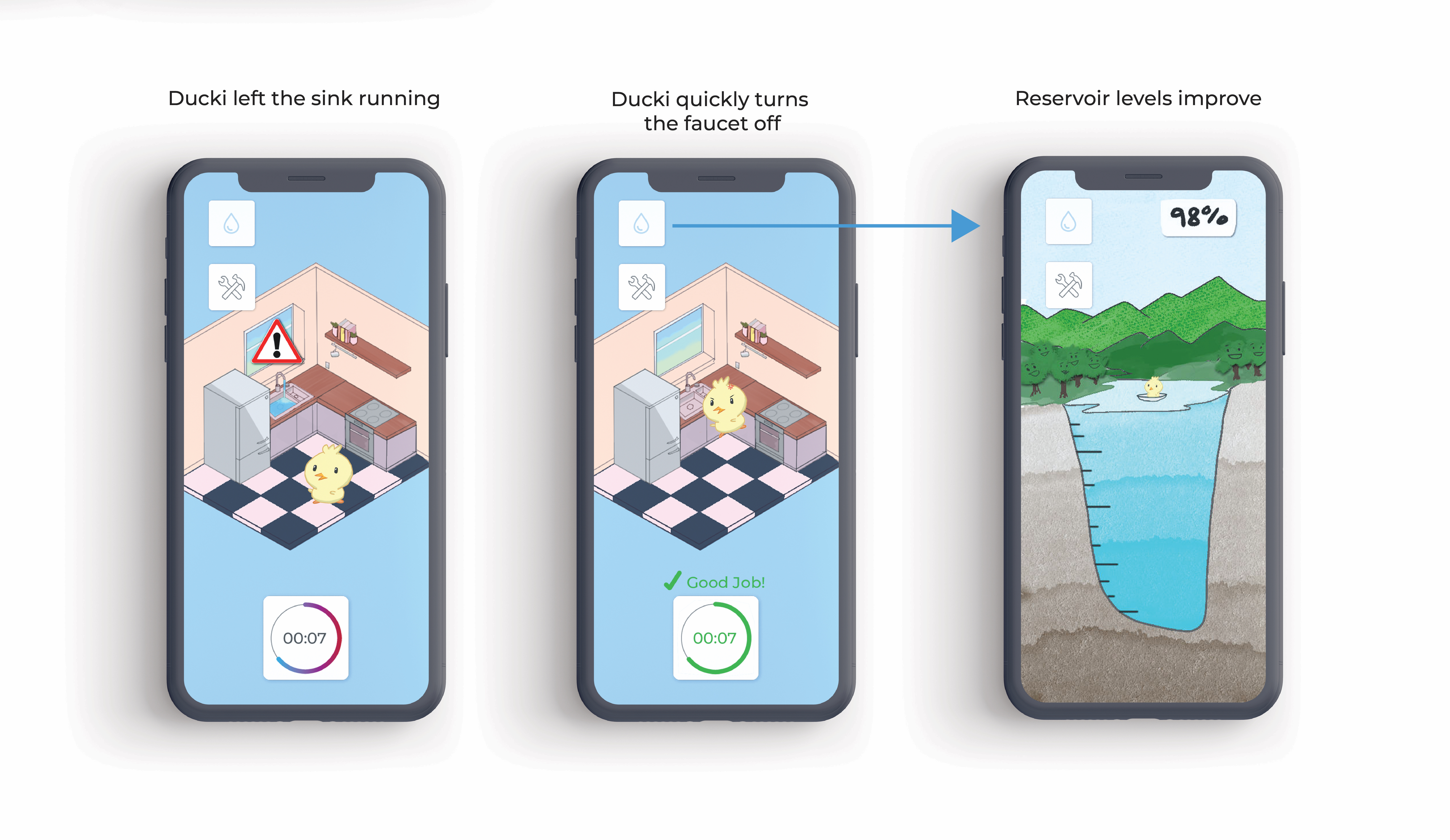On the night of the Hackathon we were given the opportunity to listen to five water experts who work in Newcastle. Their insights helped us determine which user would make the biggest impact with the limited time and resources we had.
Newcastle’s population currently sits at 322,278 people (2016) and is expected to increase by another 120,000. According to one expert, the average Newcastle resident uses 180–220L of water a day, equalling to
57,960,000 litres of water used by the city, everyday.
For more information about Hunter region's reservoir capacity, visit
this link. .gif)









